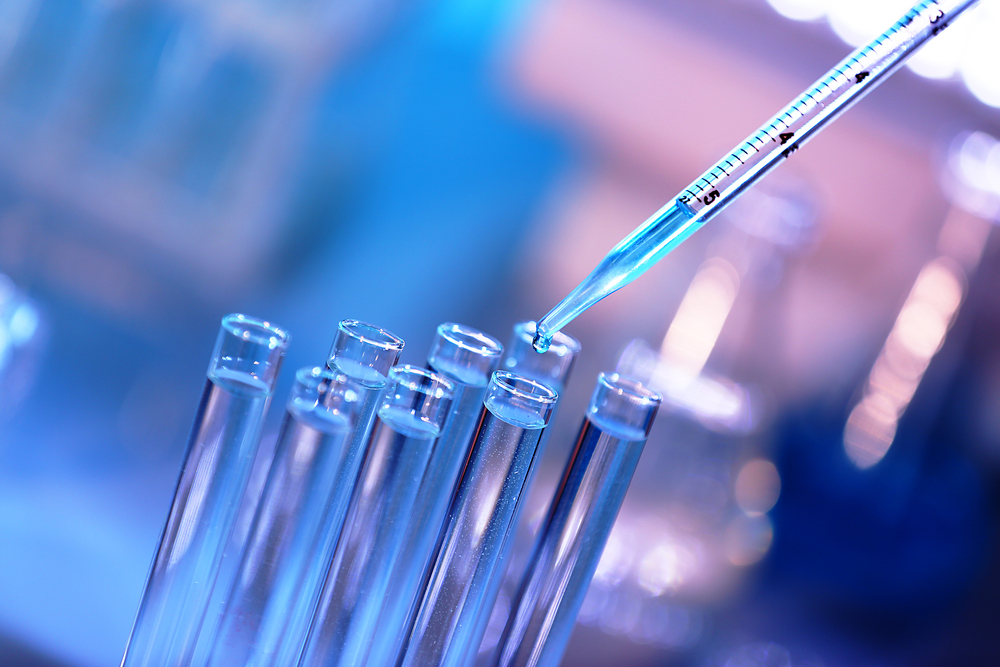The global pharmaceutical glass tubing industry has seen significant growth in the past decade driven by rising demand for generic drugs, biologics and laboratory equipment. Glass tubing is a crucial component used in various medical devices and pharmaceutical packaging due to its non-reactive and transparent properties. In this article, we analyze the key factors influencing the growth of this industry and challenges ahead.
Introduction
Pharmaceutical Glass Tubing refers to specially formulated borosilicate or soda-lime glass tubes used across the pharmaceutical supply chain for drug development, manufacturing and packaging. Glass tubing is favored due to its non-corrosive and non-toxic properties making it suitable for packaging injectable drugs and holding reagents in laboratories. The tubing undergoes various treatments like acid etching and mechanical polishing to achieve required properties. Major applications include vials and cartridges, laboratory glassware, ampoules and syringes.
Growing Generic Drug Market
The patent expiration of many blockbuster drugs and increasing focus on reducing healthcare costs has boosted the global generic drug market in recent years. According to estimates, generics now account for over 80% of total prescriptions in the US. This surge in generic drug production is a major growth driver for pharmaceutical glass tubing manufacturers. Glass vials and cartridges remain the preferred packaging format for generic injectable drugs due to quality, sustainability and regulatory requirements. Leading manufacturers have expanded tubing production capacities across key generic drug producing regions to capitalize on this opportunity.
Rising Demand for Biologics
Another major factor fueling glass tubing demand is the swift growth of the biologics market. Biologics are usually fragile and unstable requiring specialized packaging made of chemically robust neutral glass. Properties like consistency, transparency and barrier protection make tubular glass ideal for holding biologic drug products and reagents during development and production. Major biologics currently driving the demand include antibodies, recombinant proteins, vaccines and genomic therapies. Analysts project biologics to account for over 50% of global drug sales by 2025, presenting a profitable long-term market for pharmaceutical glass tubing suppliers.
Evolution of Laboratory Glassware
Strong growth in pharmaceutical R&D spending globally is augmenting the demand for specialized laboratory glassware using tubular glass. Recent innovations incorporating safer ergonomic designs, new sealing mechanisms and temperature resistivity have expanded glass tubing applications beyond traditional flasks and tubes. For example, developments in high-throughput screening and micro-fluidics are seeing wider adoption of miniaturized glass formats like capillaries and micro-chips. Glass tubing manufacturers are launching new product lines tailored for analytical equipment used in modern biopharma research and process development. This evolving laboratory glassware market presents opportunities for glass tubing producers to capture new customers.
Manufacturing Base Shifting to Emerging Markets
Traditionally, the US and Western Europe dominated global pharmaceutical glass production due to their prominence in drug development. However, manufacturing is gradually moving towards lower-cost emerging regions able to meet quality and compliance needs. For glass tubing, China and India have emerged as major hubs catering to the fast expanding generics sector and domestic drug makers. Their large manufacturing capacities, skilled labor force and encouraging FDI policies attract tubing producers. Other growing Asian markets like Indonesia, Malaysia and Thailand are also developing glassmaking clusters. This shift presents opportunities as well as price competition for traditional pharma glass producers over the coming years.
Environmental and Regulatory Pressures
Pharmaceutical glassmaking remains an energy-intensive process producing carbon emissions and waste. Growing environmental legislation is prompting tubing manufacturers to adopt greener production methods. Areas of focus include using renewable energy, implementing furnace efficiency measures, reducing water usage and improving glass recycling programs. Meanwhile, stricter regulations on drug quality are raising compliance costs for glass suppliers. Laboratories are more frequently auditing glass composition consistency and surface treatment methods. Producers will need to invest further in quality control systems and validate supply chains to approved global standards. Addressing these environmental and regulatory challenges will be crucial for companies to remain competitive in future.
Outlook
In conclusion, the pharmaceutical glass tubing market is positioned for steady multi-year expansion driven by generic drugs, biologics and laboratory equipment. Key manufacturers are making strategic expansions and acquisitions to capture opportunities across generic drug hubs and high-growth biotech clusters. While the manufacturing base diversifies globally, companies balancing quality, costs and sustainability will gain competitive advantage. Overall, innovative applications, rise of specialty glass and emerging market growth are expected to propel the market above $5 billion by 2025. However, environmental regulations, trade risks and quality compliance could impact demand-supply dynamics in the coming period.
*Note:
- Source: CoherentMI, Public sources, Desk research
- We have leveraged AI tools to mine information and compile it

